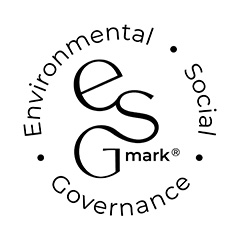There has been a lot of media coverage recently about Angela Rayner and her possible under reporting of Capital Gains Tax.
The issue centres around the sale of a residential property and a possible incorrect claim for private residence relief (PRR). So, what is PRR and who is eligible for this relief?
What is Private Residence Relief?
PRR is a capital gains tax relief given to an individual or married couple when they sell their only or main home for a profit. It means that people don’t have to declare and pay Capital Gains Tax on any uplift in value on their main residence and exempts the portion of the gain where the property has been occupied. The permitted area for relief is defined as half a hectare and includes gardens, grounds and outbuildings although larger areas may qualify provided they are required for reasonable enjoyment of the property. If a property has been occupied for the entire ownership period then 100% relief will be available.
In order to qualify for PRR a property must be occupied or deemed occupied. There are several periods of absence that HMRC will class as deemed occupation;
-
If a person moves abroad for employment reasons
-
If a person is working elsewhere within the UK
- Any period up to three years
It’s important to note that that these must be preceded by and followed by periods of actual occupation. HMRC does not specify what counts as a period of actual occupation, rather it will examine the quality of the occupation on a case-by-case basis. The last nine months of ownership are also always classed as a period of deemed occupation by HMRC.
What if I have more than one home?
If someone owns two homes there could be an argument as to which should be considered to be their main residence and therefore qualify for PRR. It is possible to nominate which property is to be treated as the main residence. To do this you must write to HMRC and specify which property is your main residence within two years of any change, for example the acquisition of an additional property. There is no need to do this if you only own one property, or if you purchase a second residence but it is clear that your main residence hasn’t changed. In the absence of an election HMRC will examine the facts of the matter and make a judgement on which residence meets the criteria as the primary residence.
An example of this would be someone whose family home is in the countryside, and they stay there 4 days a week, but they own a second property near to their work which they stay in for the other three days. PRR would be available on the main family residence but not on the property nearer to their work, meaning that any capital gain on this second property would not be eligible for relief.
Married couples/Civil partners may only have one main residence between them. A situation could arise where two individuals each own and occupy separate residences. Upon them marrying/entering a civil partnership they can elect for one of their properties to become their joint main residence for tax purposes. Again, in the absence of an election HMRC will examine the facts of the matter before making a judgement on which property is the main residence. If this situation could apply to you, it may be advisable to seek tax advice to reduce any potential capital gain.
Other points to note
From April 2020, disposals of residential property which are not exempted by PRR and give rise to a Capital Gains Tax liability must be declared to HMRC within 60 days of completion. Those within self-assessment must also report the property disposal on their personal tax return.
If you require assistance with claims for PRR relief, nominating a property as your main residence or help with completing a 60-day Capital Gains Tax return, then please contact us .
If you have any questions about the above, or would like more information specific to your circumstances, please enter your email address below and we will get in touch:













